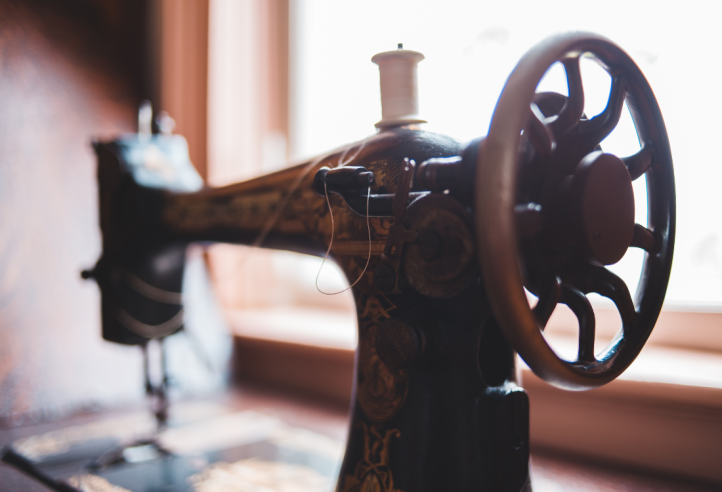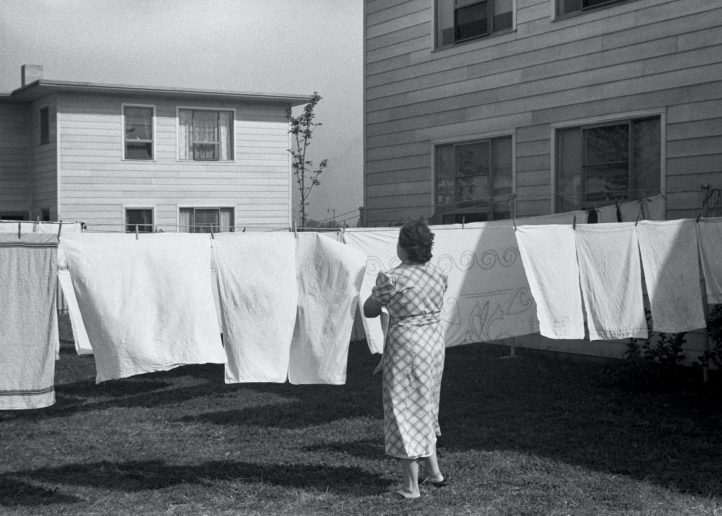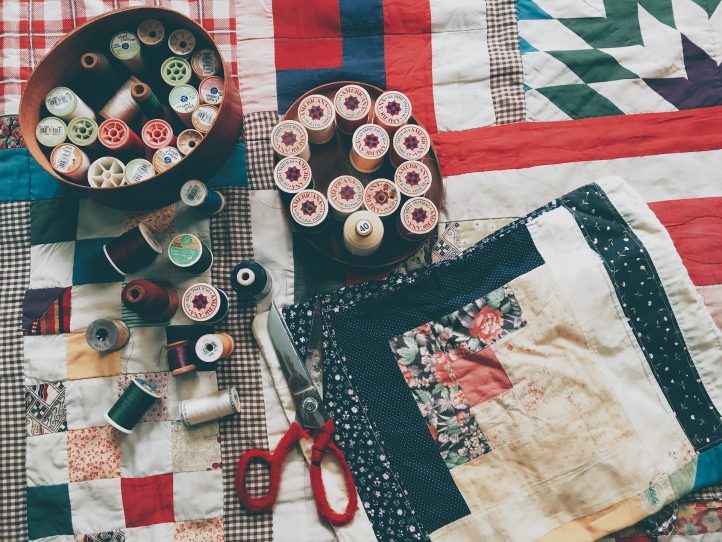
There’s a reason they say trends are cyclical: no matter what the fad, chances are it didn’t come out of thin air. It was likely popular decades earlier and/or has a historical tie-in whose origin story has been forgotten, but whose impact is still present and real in today’s fashion. In today’s article, we’re diving into the history of the flour sack dress — an ingenious trend born out of necessity during scarce times. We’ll examine the why, the how and the lasting impact this shift in the fashion industry still has on modern-day fashion.
The History of the Flour Sack (or Feed Sack) Dress

Along with the Great Depression, the onset of World War II toward the end of the 10-year era further prompted the desire for many to save money, and to “make do” with the materials at hand. Additionally, women were seeking out ways in which they could support their families, and eventually, support the soldiers fighting in World War II. The flour sack dress is a prime example of the money-saving mentality of sewists during this time period. As the name suggests, these dresses made out of cotton flour sacks were easy to make and easily accessible, with flour being a cheap and common kitchen staple. This also granted another use to a simple bag of flour other than for its culinary properties. Other than dresses, women sewed shirts out of the flour sacks, too.
In fact, the repurposing of flour and feed sacks into clothing became so popular, that flour companies began printing sacks in vibrant colors and peppy patterns, making it possible to create fun and more personalized clothing. Some companies even included instructions on how to clean the flour sack prior to converting it into a new wardrobe staple. News publications hopped onto the trend as well, and began to print tutorials for fashionable flour sack projects! Advertisements soon targeted this trend, benefitting both flour producers and people everywhere in need of new clothing. This blossoming phenomenon demonstrated the collaboration sparked by a trend, especially one developed to benefit the common good. It is often said that in times of struggle are the moments where people unite, and this was certainly no exception.
Other than flour sacks, buttons and old pieces of clothing served as materials to be repurposed into new clothing items. With the creation of the Works Progress Administration (WPA) under then president Franklin Roosevelt, women were given roles as sewists in hospitals and were then taught to use sewing machines in order to fulfill these roles. Sewing granted women a sense of autonomy during this tumultuous time period, and made way for a more established fashion industry once resources became more available. Machine sewing became more popular due to its efficiency and innovative nature. Scrap quilts also became immensely popular, and according to Dave Devloper’s article “1930s Sewing Patterns: Sewing and the Great Depression Feedsack Dress” on ThriveGlobal.com, patterns such as the “Dresden plate, bow tie quilt block, and churn dash design” also become favorites. These historic and iconic patterns are crafted with fun colors, granting the sewist the creative freedom to choose their own color scheme and design.
Modern Sustainable Fashion and Activism
Although this trend was born during a time of need, the sustainable nature of the fashion revolution remains trendy in today’s fashion industry. Major figures across all commercial industries are incorporating sustainable practices into their business plans because of the work of many activists in pursuit of a greener world. This can be seen throughout a multitude of establishments, such as your local coffee shop being reluctant to hand you a plastic straw, or plastic utensils no longer being immediately given in your DoorDash order. The COVID-19 pandemic invoked supply and demand issues once people were unable to work in-person, and product shipments were delayed for weeks, even months in some cases. With a decrease in the access to materials, savvy sewists had to adopt the aforementioned “make do” mentality when it came to their sewing projects.

Designs that make use of scraps, referred to as “scrapbusters,” have become extremely popular. Not only are these projects physically sustainable, but financially sustainable, as well. Whether it is using old t-shirts to create quaint quilts or crafting old denim into perfect potholders, repurposing different materials has made its way onto social media and general craft sites alike, all in the name of style and sustainability. These sustainable sentiments were established during the Great Depression, with fabrics such as cotton, and patches were sewn onto clothing with holes. The ironically current fad of being “vintage” complements the popularity of sustainability. With environmental activism gaining more and more traction, these seemingly minor trends have become precursors for significant measures being taken. Sewing sustainably has not only made its mark on history but is paving the way for a more green future, one square at a time!
Other Fashion Trends Established During the Great Depression
Other than a lack of access to funds and materials impacting the fashion trends of this era, cultural aspects helped design the style of the time period. When it came to women’s fashion, modesty was the best policy. You can see these trends with wide shoulders that eventually transitioned into shoulder pads over the next decade, ruffles, puffy sleeves, and mid-calf flared hemlines according to Sunny Jane Morton’s article “1930s Fashion: Women, Men, and Children’s Clothing” on FamilySearch.org. These styles were popularized out of a desire to dress conservatively, potentially rooted in the events transpiring around them that demanded everyone’s undivided attention. Nonetheless, women still made their clothes their own with bright prints and patterns. These vibrant color choices were believed to have been made to raise people’s spirits during these trying times. From repurposing materials, to ruffles, to the Dresden plate, the style and sustainability of the era leading from the Great Depression through World War II remains relevant to this day!
What types of sewing history articles would you like to read? Let us know below in the comments!

I love the 20th century fashions the most, from the 1910s to the turn of the 21st. Especially fun would be an article or series on notions such as buttons, trims and types and placements of fasteners.
This is such a great idea, Theresa! Thank you for sharing 🙂 I recommend checking out Abby Cox or Bernadette Banner on Youtube as well; they cover 20th century fashions in their videos. – Ashley, WeLikeSewing